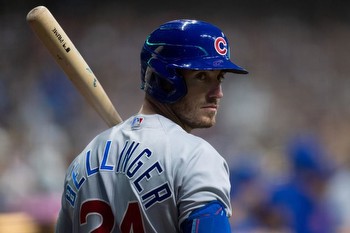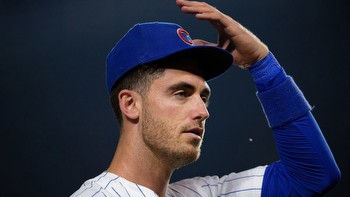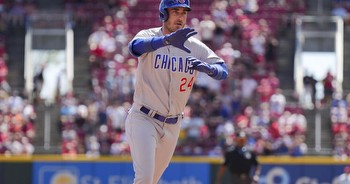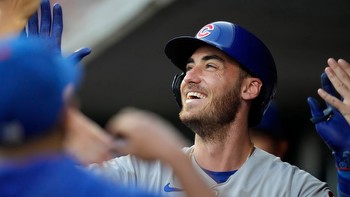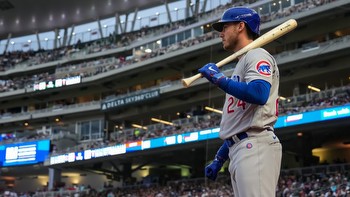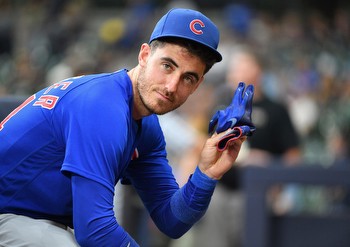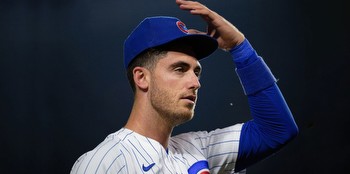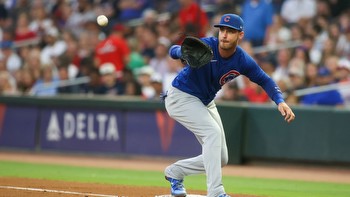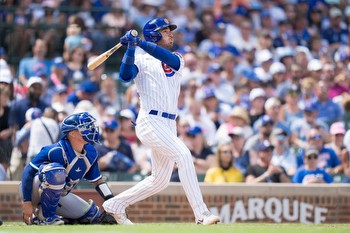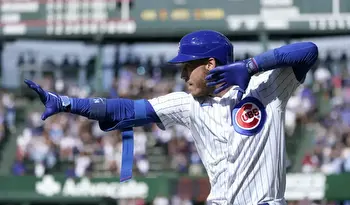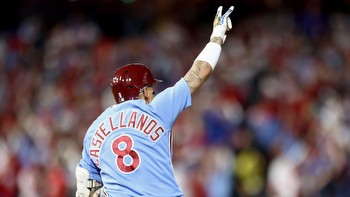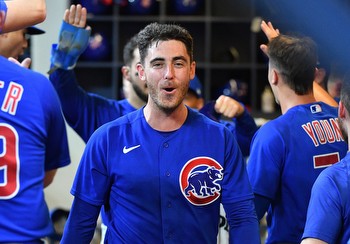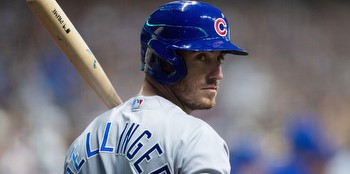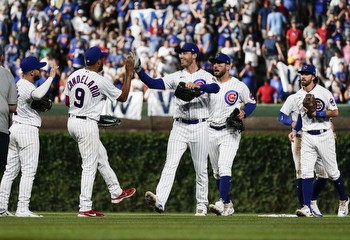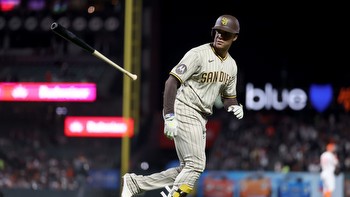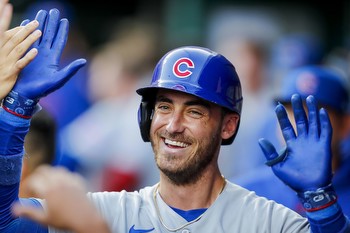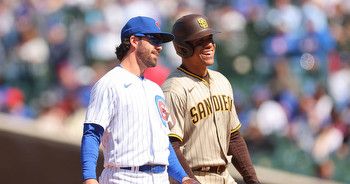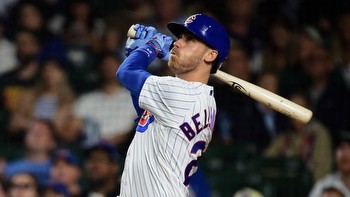More on the Contact Quality Concerns That Could Be Impacting Cody Bellinger's Free Agency
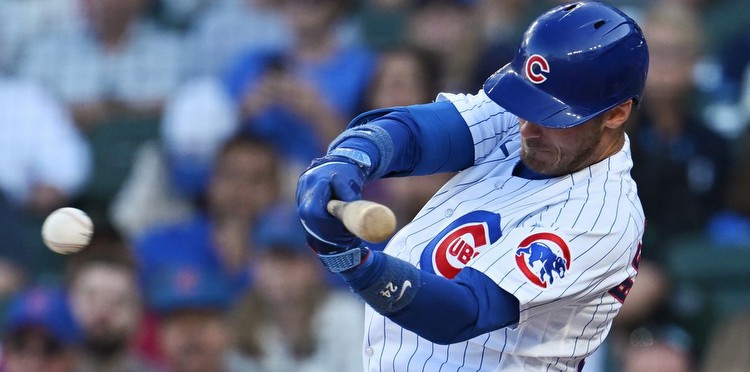
A few weeks ago, I shared some thoughts on why the “concerns” about Cody Bellinger’s free agency – the injury history, the down years, the poor batted ball metrics – either were, or were not, real and significant concerns going into his free agency.
For me, the batted ball metrics were the big one. Kinda sounds like that’s the case for at least some of Bellinger’s would-be suitors, too (NY Post): “The Yankees like free agent Cody Bellinger, but some Yankees people are worried about his hard-hit rate even after his brilliant season.”
Of course, some of that is just gamesmanship in trying to hold the line on Bellinger’s price tag. But the concern being raised in direct connection to one of Bellinger’s theoretically-best-fitting suitors did get me looking at this issue once again.
The entire predicate for Cody Bellinger being a big-time free agent worthy of a $150+ million contract this offseason is that, in 2023, he bounced back to the guy he is and will be going forward. He was outstanding in 2023, meriting all the praise and attention he got, and that version of Bellinger would have a happy home on the Cubs for years to come.
But it is a legitimate concern when the batted ball percentiles at Statcast look like this for his MVP season in 2019:
And look like this for his bounce-back year in 2023:
I’m not saying Bellinger in 2024 has to be the guy he was in 2019, or that you’d even remotely be hoping for that no matter how big his contract winds up being. But I am saying that there was a fundamental misalignment in Bellinger’s results in 2023 and his underlying performance at the plate by the metrics we USUALLY associate with results.
The word usually there is doing a lot of the work, of course, and that’s much of what the previous post was about. Maybe Bellinger had completely reinvented himself as a hitter in a way that can translate less-traditionally-awesome batted ball metrics into pretty darn good results. There were reasons to believe it was possible, thanks in part to his two-strike line-drive approach, his ability to keep batted balls in the Sweet Spot, and the fact that he just kinda stopped whiffing.
OK. Fine. Good. Still would be very happy to see Bellinger on the Cubs. I certainly felt a little better after going through that exercise, even though it all might wind up mooted by the Cubs’ interest in prioritizing other options in free agency. Bellinger might not be coming back in 2024 anyway.
Still, it’s only fair to now share a little pushback on the pushback, which also pushes back on the idea that Bellinger should get $200+ million in free agency, as some projections have indicated.
Mike Petriello at MLB.com recently looked at all the batted ball metric concerns at a more granular level, as well as some of the proposed explanations for how Bellinger still managed good results (it includes something we talked about late in the year when it seemed like pitchers were going to the fastball more and more against Bellinger and finding success, which is a concern).
I would encourage you to read his take, which is a very interesting mix of issues and answers (the sum of which is that Bellinger was probably, and can probably continue to be, something more like a 110 wRC+ rather than 130 or more). Something that really stood out to me, though, was about the pairing of Bellinger’s weak contact and strong slugging percentage. It’s rare. Really, really rare, and almost always unsustainable:
“In the eight seasons of Statcast, we’ve had 281 player seasons where a hitter has slugged .500 or better in a season where they took at least 450 plate appearances. Exactly three players have done what Bellinger just did, to slug .500 or more in a year with a hard-hit rate of 31.4% or under:
Zack Cozart, 2017Jose Altuve, 2017 & 2022
Eduardo Escobar, 2019″
So, two guys doing it in extremely homer-happy seasons and one guy who has the shortest short porch in left field anywhere.
Even more disconcerting, of the 17 player seasons in the Statcast era where there was a gap as large as Bellinger’s gap between his huge actual slugging (.525) and meh expected slugging percentages (.437), 15(!) of them failed to match even the first season’s expected slugging in the second season. To put it another way, as Petriello does, “Ultimately, this group of 17 slugged .520 in their overperforming years, had an average expected slugging of .419 in those years, and then slugged .434 in the next season, so you can see which number the next year came closer to.”
Historically, guys who overperform their xSLG as much as Bellinger did in 2023, do not even come close to repeating their actual SLG. Only extreme outliers can produce as much slugging value without hitting the ball much better than Bellinger actually did in 2023.
Again: insert point about Bellinger’s work with two strikes. It’s a real thing, and he was definitely good at it. His numbers should float some because of it. But again, even when factoring that in, you’re looking at an expectation for a 110 wRC+ type guy, not 130 or more. That’s a super valuable player in tandem with great defensive skills at multiple positions including center field, but what happens when the decline years inevitably set in? How long does Bellinger’s bat stay valuable, especially if he has to move to first base down the line?
Joe Sheehan also recently took on these questions in his newsletter, and it’s all premium so I won’t spoil it. But suffice to say, an extensive look at historical comps with similarities to how things played out for Bellinger … is not overly impressive. It’s concerning. Sheehan describes a huge deal for Bellinger as a possible “landmine.” The history for similar players/situations is just not great if you go too far on the contract.
But maybe Cody Bellinger belies those comparisons. Not many of the at-issue players had previously shown such incredible heights like Bellinger had, and we know that his age, athleticism, and defensive ability help create more of a floor than some other guys had in the past.
The point here is not to dismiss Bellinger as a desirable free agent who is going to get a healthy contract. He is, and he will. Instead, I’m not sure we should be thinking of him as in that same upper-tier of free agents or trade acquisitions who could fundamentally transform a lineup. Bellinger WAS that guy in 2023, but all our best evidence suggests he probably won’t be EXACTLY that same guy in 2024, at least not without further reinvention.
How much are teams willing to bet on things playing out that way?
The good(?) news here is that, if these concerns are pervasive and create a massive gap between the contract asks and offers, it’s possible Cody Bellinger stays on the market long enough for the Cubs’ offseason to be situated in such a way that they want to bring Bellinger back late in the offseason. And if that happens, I suspect it would only be where the Cubs see they could be getting a great value on the deal, and where Bellinger is not the only meaningful offensive addition.

